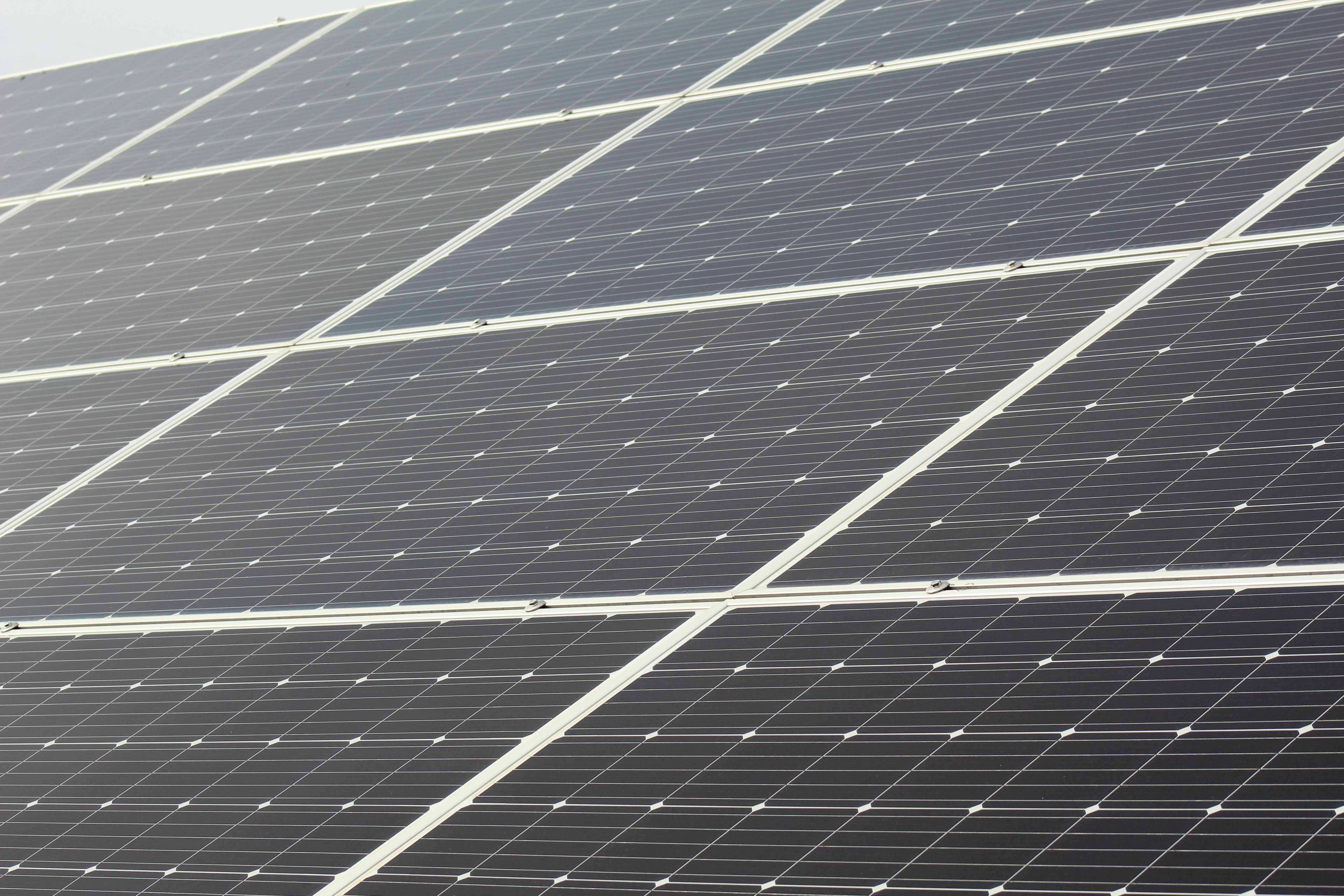Home Power Generators: Types and Applications for Backup Energy
Power generators serve as reliable backup energy solutions when grid electricity fails or becomes unavailable. These devices convert various fuel sources into electrical energy, providing homeowners with essential power during outages, emergencies, or off-grid situations. Understanding the different types of generators, their capabilities, and specific applications helps consumers make informed decisions about protecting their homes and families from power disruptions.

What Makes a Generator Suitable for Home Backup Power?
The best generator for home backup power depends on several factors including power requirements, fuel preferences, and installation constraints. Standby generators typically offer the most comprehensive solution, automatically activating when utility power fails and providing seamless electricity to essential home systems. These units connect directly to existing electrical panels and can power entire homes or selected circuits.
Portable generators provide flexibility and lower upfront costs, though they require manual startup and connection through transfer switches or extension cords. Key considerations include wattage capacity, runtime duration, noise levels, and fuel availability. Most backup generators range from 3,000 to 22,000 watts, with larger units capable of supporting air conditioning, heating systems, and multiple appliances simultaneously.
How Do Generators with Battery Storage Function?
A generator with battery storage combines traditional fuel-powered generation with modern battery technology, creating hybrid systems that optimize efficiency and convenience. These units store excess generated power in lithium-ion or lead-acid batteries, allowing immediate power availability without engine startup delays.
Battery storage generators offer several advantages including silent operation during battery-only mode, reduced fuel consumption, and extended runtime capabilities. Solar charging options integrate renewable energy, reducing dependence on fossil fuels while maintaining reliable backup power. Many models feature intelligent switching between battery power and generator operation based on demand and charge levels.
Selecting an Electricity Generator for Home Applications
Choosing an electricity generator for home use requires careful assessment of power needs and usage patterns. Essential systems like refrigeration, heating, lighting, and medical equipment determine minimum wattage requirements. Whole-house generators typically require 15,000 to 20,000 watts, while smaller units around 7,000 watts can support critical appliances and lighting.
Installation considerations include fuel source availability, local regulations, and ventilation requirements. Natural gas generators connect to existing gas lines, providing unlimited runtime but requiring professional installation. Propane units offer clean burning and long-term fuel storage, while gasoline generators provide portability but need regular fuel rotation.
Solar Generator Options Available Through Online Retailers
Solar generator Amazon listings showcase various portable solar-powered units that combine photovoltaic panels, battery storage, and inverters in integrated systems. These generators use renewable solar energy to charge internal batteries, providing clean, quiet power for home backup applications.
Popular solar generators range from compact 500-watt units suitable for electronics and small appliances to larger 2,000-watt systems capable of running refrigerators and power tools. Expandable solar arrays allow capacity increases, while multiple output options including AC outlets, USB ports, and 12V connections accommodate diverse electrical needs. Charging times vary based on solar panel capacity and sunlight conditions, with most units requiring 6-8 hours of direct sunlight for full battery charging.
| Generator Type | Power Range | Estimated Cost | Key Features |
|---|---|---|---|
| Portable Gas Generator | 3,000-10,000W | $400-$1,500 | Manual start, fuel flexibility, portable |
| Standby Natural Gas | 10,000-22,000W | $3,000-$6,000 | Automatic operation, permanent installation |
| Solar Generator | 500-3,000W | $500-$3,500 | Silent operation, renewable energy, battery storage |
| Dual-Fuel Generator | 4,000-12,000W | $600-$2,200 | Propane/gasoline options, extended runtime |
Prices, rates, or cost estimates mentioned in this article are based on the latest available information but may change over time. Independent research is advised before making financial decisions.
Maintenance and Safety Considerations
Regular maintenance ensures generator reliability and longevity while preventing dangerous operating conditions. Oil changes, air filter replacement, and spark plug inspection follow manufacturer schedules typically based on operating hours. Fuel system maintenance includes stabilizer additives for gasoline units and periodic exercise runs to prevent component degradation.
Safety protocols include proper ventilation to prevent carbon monoxide poisoning, appropriate grounding to avoid electrical hazards, and correct fuel handling procedures. Transfer switches prevent dangerous backfeeding into utility lines, protecting both homeowners and utility workers. Professional installation ensures code compliance and optimal system performance.
Home backup generators provide essential power security, protecting families and property during utility outages. Whether choosing traditional fuel-powered units, modern battery storage systems, or renewable solar generators, proper sizing and installation ensure reliable emergency power when needed most. Regular maintenance and safety awareness maximize investment value while minimizing operational risks.




